
Introduction
Drawing dogs can be a fun and creative activity for both children and adults. Whether you are an aspiring artist or just want to have some artistic fun, dog drawing offers endless possibilities. In this article, we will explore different techniques and tips to create beautiful dog drawings.
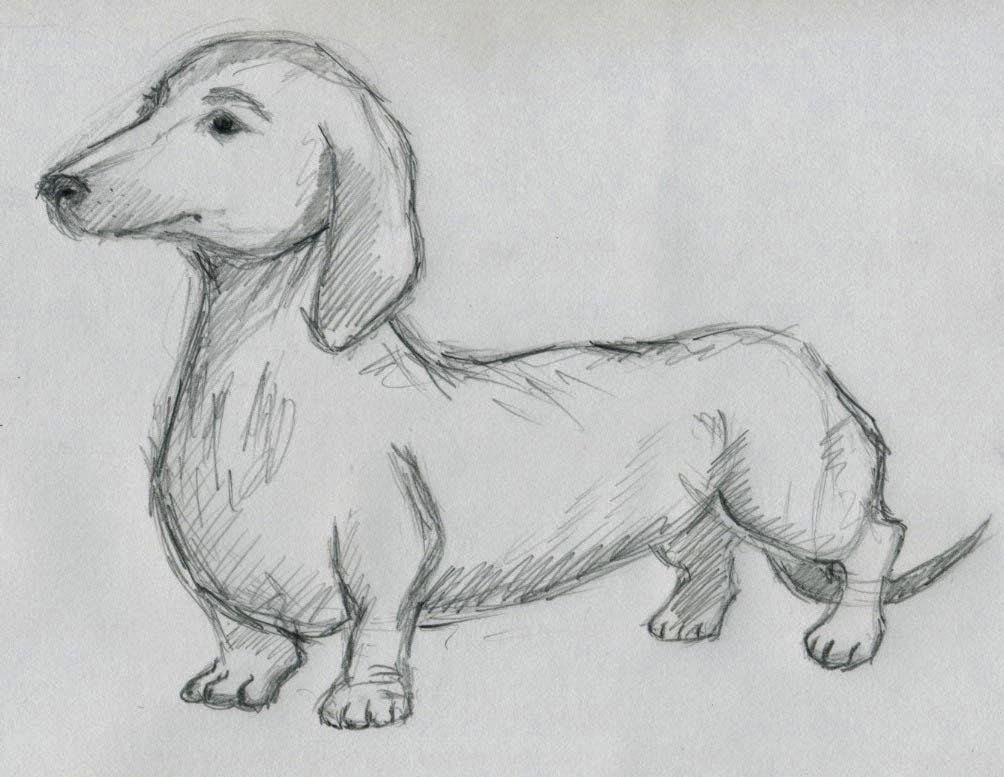
Choosing the Right Reference
A good reference photo is essential for creating a realistic dog drawing. Look for high-quality images that clearly show the details of the dog's features, such as its fur, eyes, and nose. You can find reference photos online or even take your own if you have a dog to model for you.
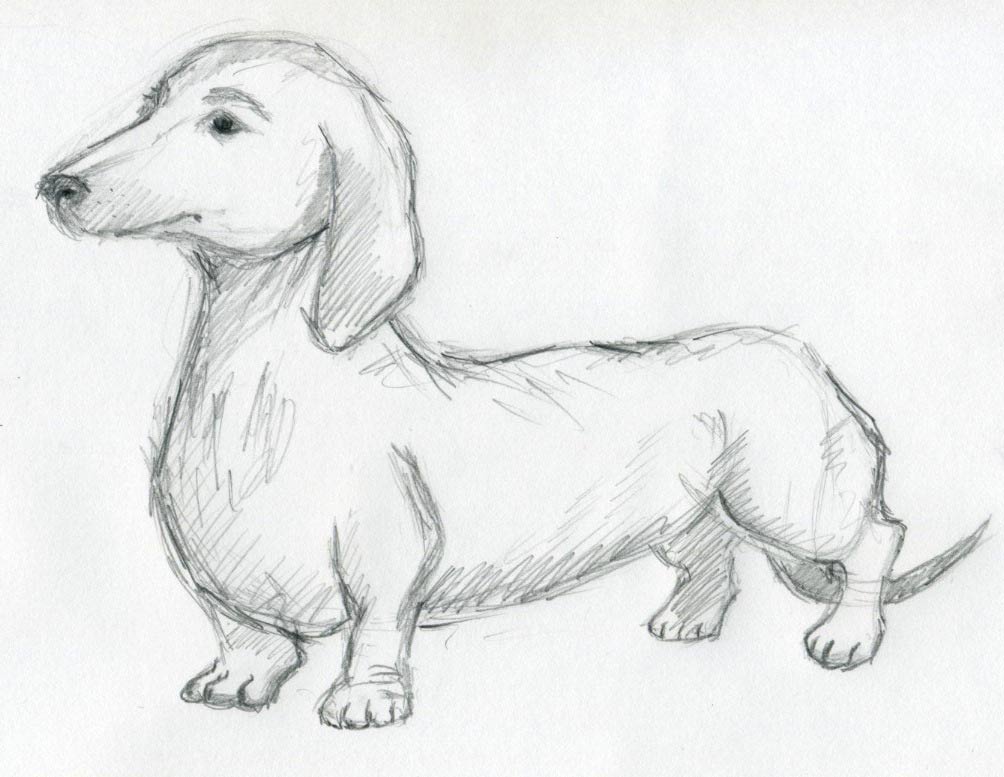
Materials Required
To start your dog drawing, you will need some basic art supplies. These include pencils, erasers, paper, and optional materials like colored pencils or markers if you want to add color to your drawing. Make sure to use high-quality materials to achieve the best results.

Starting with Basic Shapes
Begin your dog drawing by sketching basic shapes that represent the dog's body and head. Use circles, ovals, and lines to outline the general proportions and structure. This step will serve as a foundation for the more detailed drawing later on.
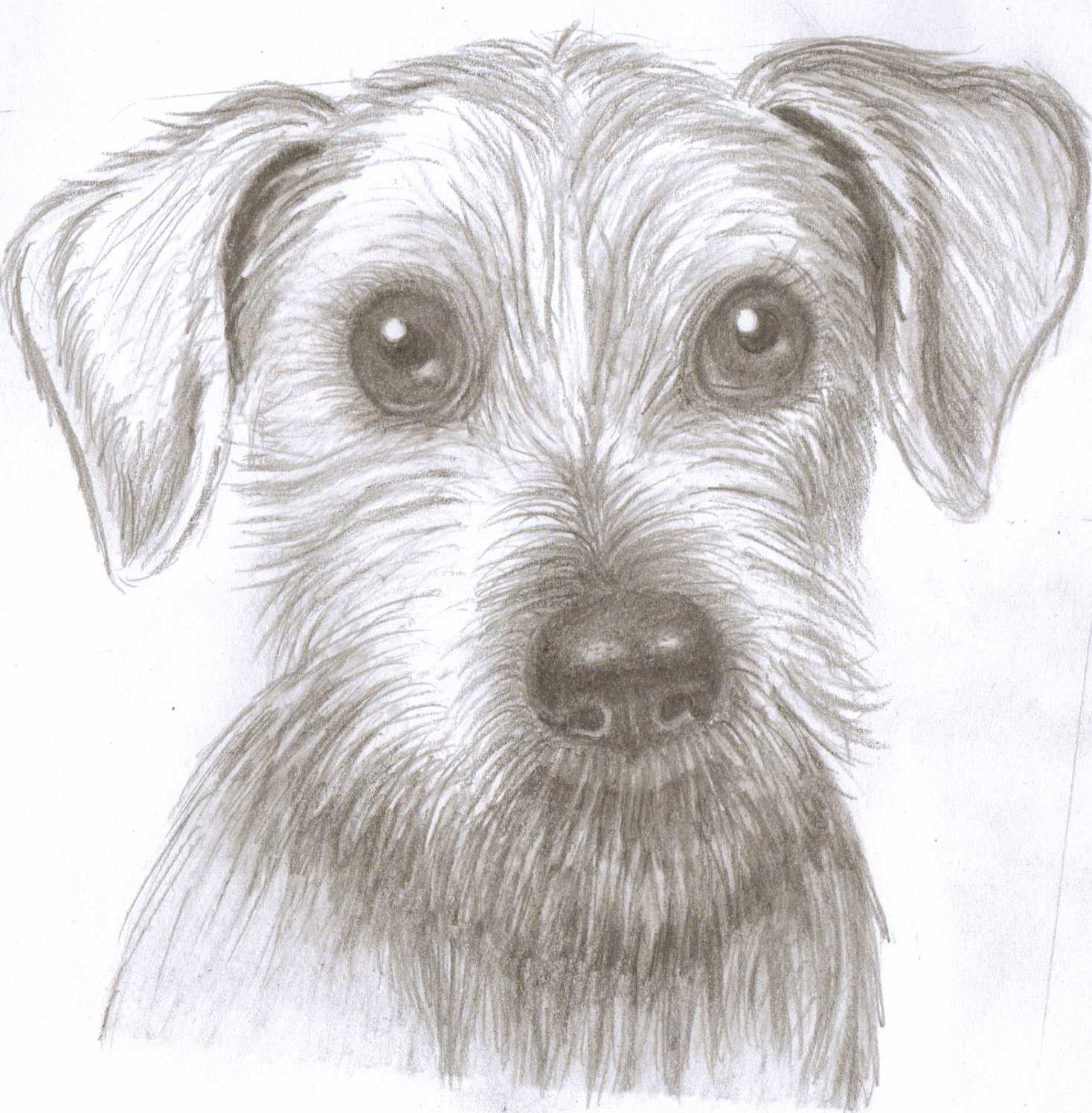
Adding Details
Once you have the basic shapes in place, it's time to add the details that will bring your dog drawing to life. Start with the dog's eyes, nose, and mouth, paying close attention to their placement and size. Then, gradually add the fur texture and other distinctive features of the specific dog breed you are drawing.
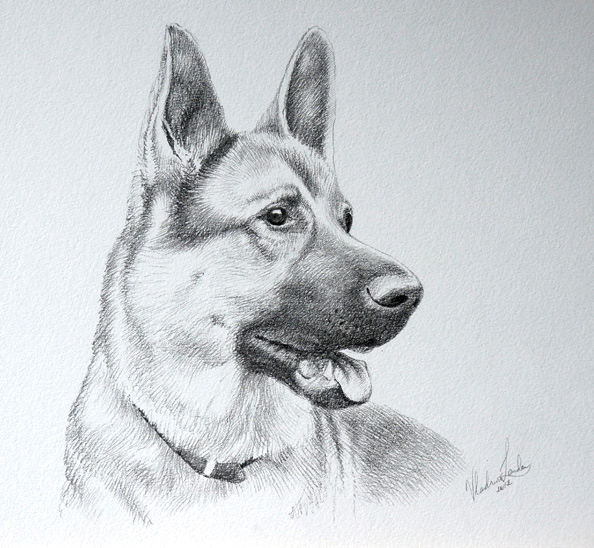
Mastering Fur Texture
Creating realistic fur texture in your dog drawing can be a bit challenging, but with practice, you can master it. Use short, overlapping lines or small strokes to mimic the appearance of fur. Pay attention to the direction of the fur and use different shades of pencil or colored pencil to add depth and dimension.
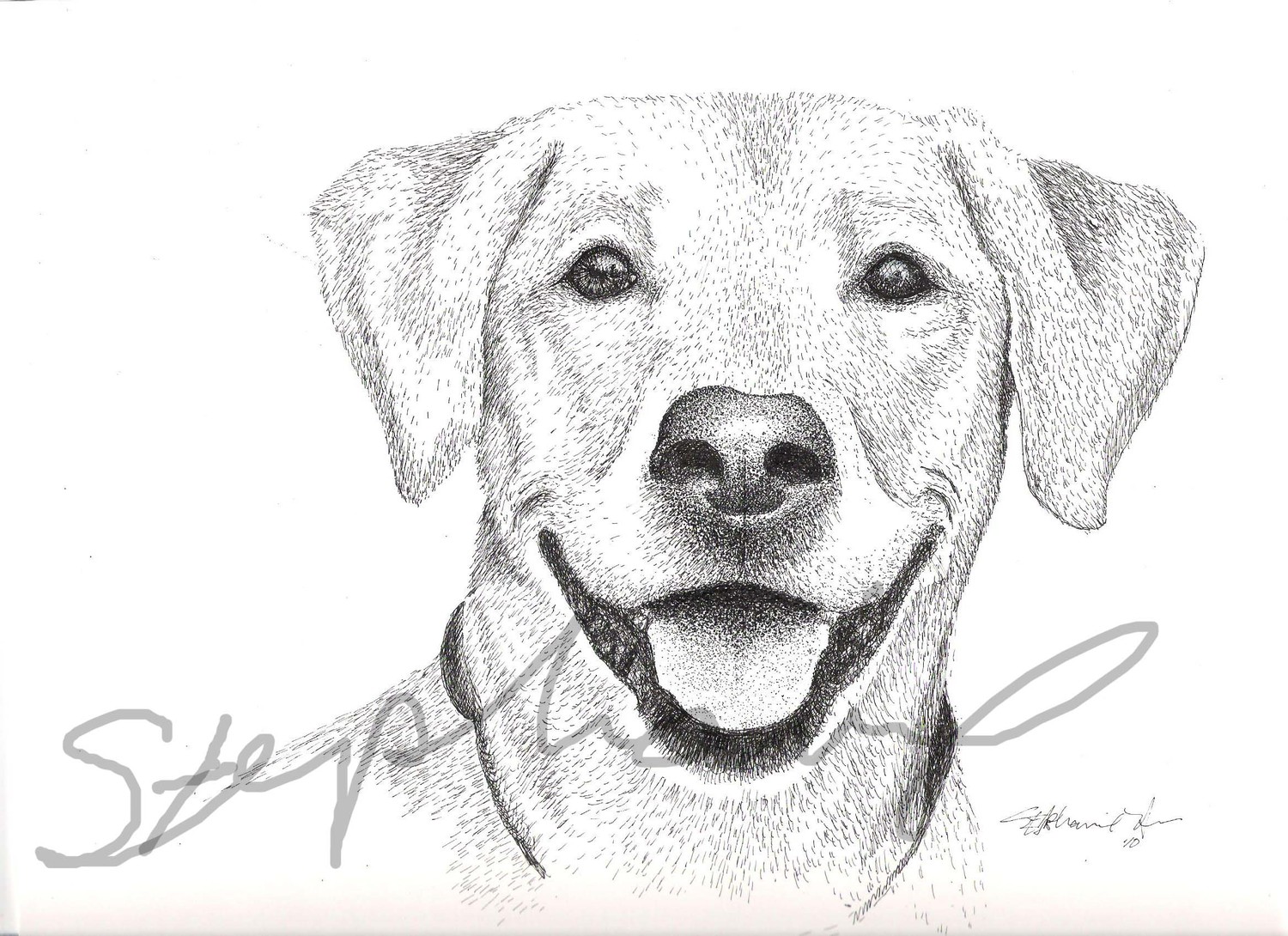
Shading and Highlights
Shading is crucial in bringing depth and three-dimensionality to your dog drawing. Use different shades of pencil to create shadows and highlights that enhance the form of the dog's body. Pay attention to the light source and imagine how it would affect the different parts of the dog's anatomy.
Choosing Color Pencils
If you decide to add color to your dog drawing, choose colored pencils that match the colors of the specific dog breed you are portraying. Observe the dog's coat colors and markings, and select pencils accordingly. Layer the colors gradually, starting with lighter shades and then building up to darker ones.

Experimenting with Styles
Don't be afraid to experiment with different styles and techniques when drawing dogs. You can try a more realistic approach or opt for a stylized or cartoonish representation. Explore different art styles and find the one that resonates with your personal preferences and artistic vision.
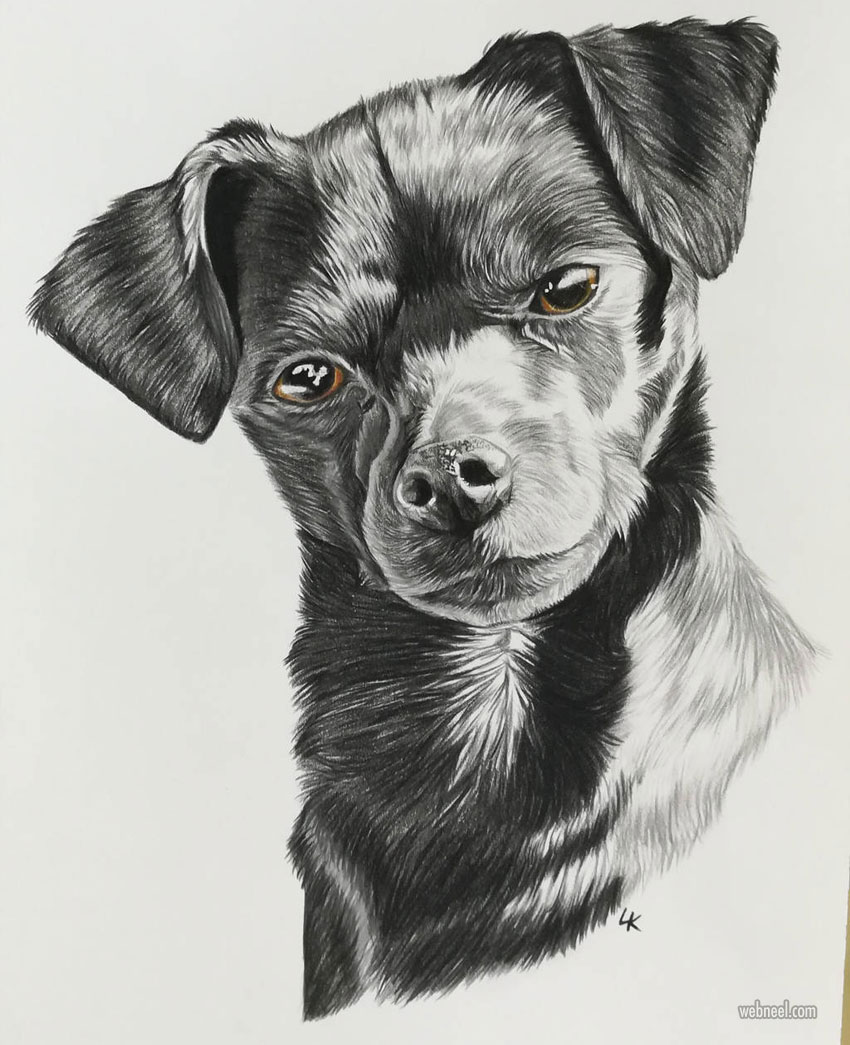
Practice and Patience
Like any skill, drawing dogs requires practice and patience. Don't get discouraged if your initial drawings don't meet your expectations. Keep practicing, studying references, and experimenting with different techniques. With time and dedication, you will see improvement in your dog drawings.
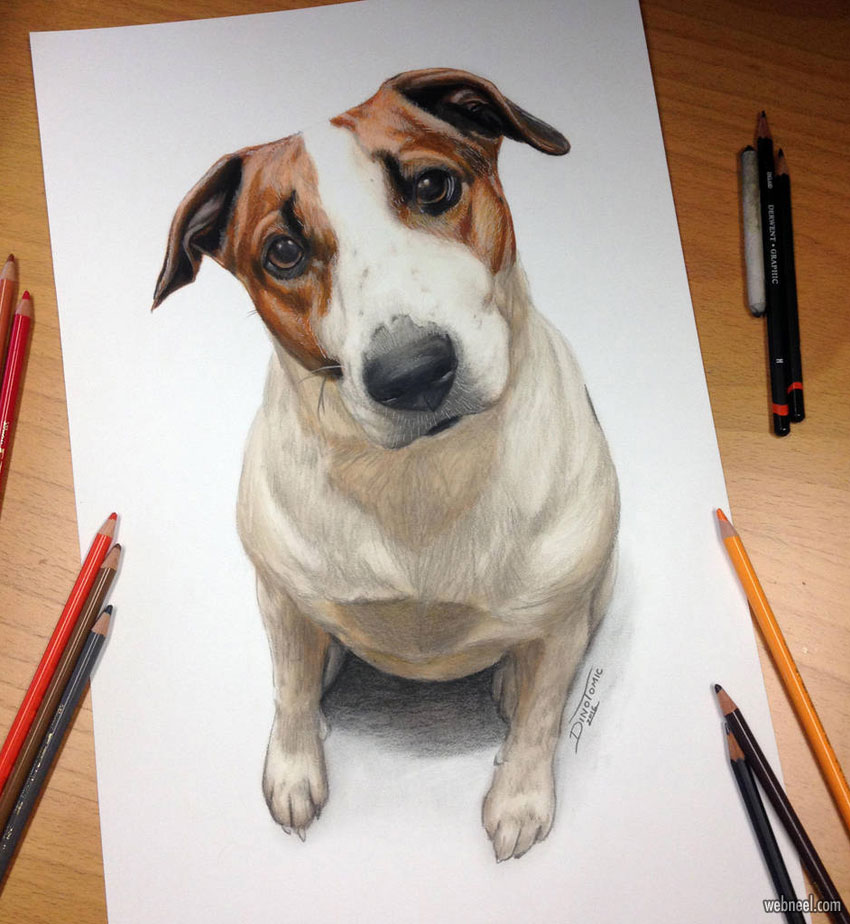
Showcasing Your Artwork
Once you have created some impressive dog drawings, consider showcasing your artwork. You can share them on social media platforms, create an online portfolio, or even participate in local art exhibitions. Sharing your drawings will not only inspire others but also provide you with valuable feedback and encouragement.
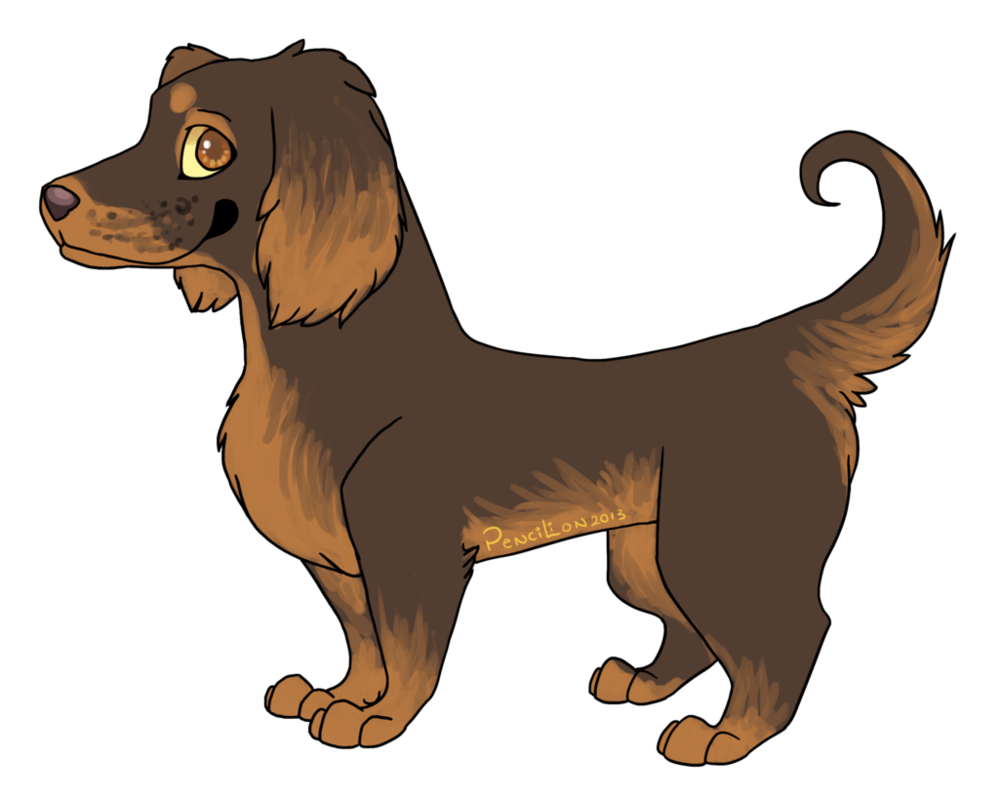
Conclusion
Dog drawing is a wonderful way to express your creativity and improve your artistic skills. By following the techniques and tips mentioned in this article, you can create stunning dog drawings that capture the essence and beauty of these beloved animals. Remember to practice, be patient, and most importantly, have fun with your drawings!